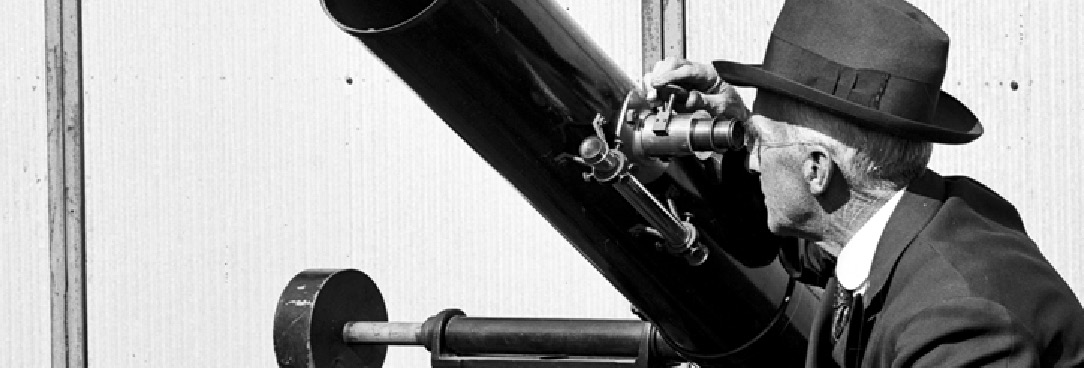Last updated:
The latest issue of Provenance provides a veritable tour of Victoria, and its history. Paul Macgregor begins our journey in Melbourne in the 1850s with Lowe Kong Meng (1831-1888), an entrepreneur of Chinese descent born in British Penang whose business activities reveal the intricate connections between Victoria’s Chinese goldmining sector and the world economy.
Felicity Jensz explores the difficulties of teaching at a remote Aboriginal mission station during the latter half of the nineteenth century. The Ramahyuck school was located in eastern Victoria near the Gippsland town of Sale and was managed by Moravian missionary Reverend Friedrich Hagenauer. Jensz argues that exhaustion and the austere personality of Hagenauer were the main reasons for the rapid turnover of teachers at the school during this time.
Carolyn Woolman’s article also gives an account of troubles at a rural school, in this case Baringhup State School, located to the south-west of Sandhurst (Bendigo). The focus of Woolman’s article is the way in which the central administration of education in Victoria led to struggles for the control of local schools such as the one at Baringhup. Although the 1872 Education Act sought to provide free, compulsory, secular education to Victorian children, the machinery of administration produced outcomes that were at odds with local wishes. Woolman studies the documents relating to a two-day inquiry in July 1876. The inspector was brought in to deal with a conflict involving the head teacher and the pupil teacher.
In this year’s Forum section, we have articles from two reference archivists. Elizabeth Denny, an Access Services Officer at Ballarat Archives Centre, builds on the work of other articles published in Provenance in recent years exploring the political and social engagement of the Chinese on Victoria’s goldfields. The article presents the Chinese residents of Creswick as political agents, petitioning local authorities for the same level of services and entitlements that were afforded to other goldfields residents. The presence of Chinese residents in the early goldfields era also feature prominently in the article by Michele Matthews, archivist at the Bendigo Regional Archives Centre (BRAC). As the custodian of the records of Bendigo’s six former town councils, the BRAC collection gives Matthews the opportunity to take a broad survey across the records that can be found in the Bendigo collection. As Matthews explains, the presence of this integrated collection and the service it provides has vastly improved access to the history of Bendigo, in particular the lives of ordinary residents of this remarkable town. Researchers coming to BRAC can now more easily access records that reveal the lives of local ‘women, children and minority ethnic groups’.
Mary Daley recounts the events surrounding the fire that destroyed the Steiglitz Coffee Palace in 1895. Located around 70 km west of Melbourne, Steiglitz fell within the Supreme Court catchment of Geelong, which is where a trial by jury found that there were two people responsible for deliberately setting fire to the Coffee Palace. At the time, arson was treated as a very serious crime, and in this case attracted the death sentence. The prosecuting lawyer himself lodged an appeal, raising the possibility that Joseph Gill and his mother-in-law, Ella Hicksh, had been convicted on the basis of false evidence.
John Rogers brings us back to Melbourne, or more particularly Port Phillip Bay. In the early days of the colony, Rogers contends, Victoria’s earliest naval flags featured a kangaroo and crown, in addition to the Union Jack. These flags were subsequently forgotten once the 1877 flag was established as the precursor to our current Victorian flag featuring the Southern Cross and crown. Shurlee Swain looks at child welfare records held by PROV to reveal the correspondence between poor women and child welfare officers seeking to regain access to their children. Swain argues that these records show that these mothers cared about their children and sought to gain the support of the predominantly female inspectors to cast light on the interaction between poor women and welfare authorities as seen through the operations of the variously named predecessors of find a more reasonable approach to the care of their children than was offered by the draconian welfare policies of the late nineteenth and early twentieth centuries.
This issue will be the first to be released as an ebook, which you can download directly from the journal’s homepage. The epub format can be accessed by most ebook portable book readers.
Sebastian Gurciullo
Editor
Material in the Public Record Office Victoria archival collection contains words and descriptions that reflect attitudes and government policies at different times which may be insensitive and upsetting
Aboriginal and Torres Strait Islander Peoples should be aware the collection and website may contain images, voices and names of deceased persons.
PROV provides advice to researchers wishing to access, publish or re-use records about Aboriginal Peoples
